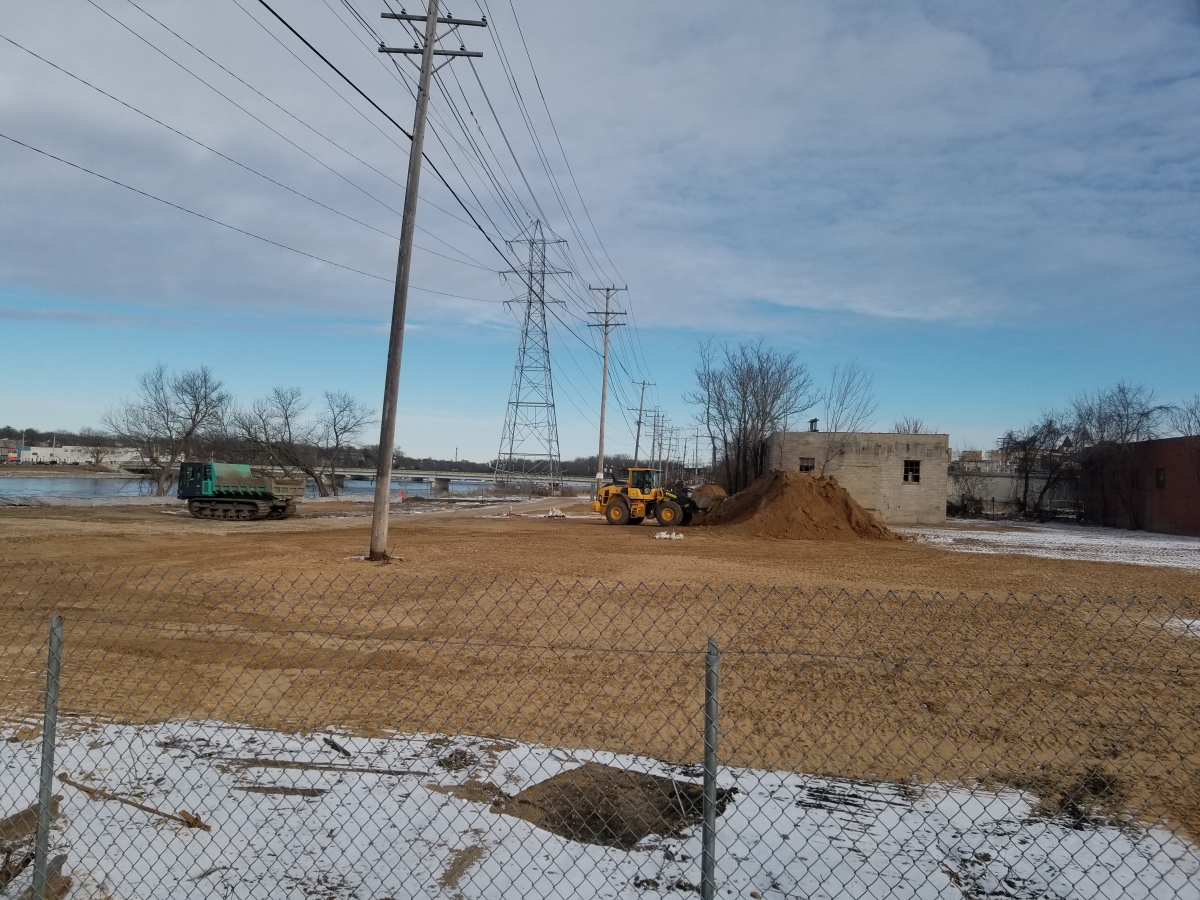Proper soil remediation and disposal help mitigate contamination risks
Soil contamination in urban areas is mainly caused by activities like manufacturing, waste disposal, dry cleaning and industrial dumping. These practices often leave a trail of contaminants such as petroleum products, chlorinated solvents and heavy metals. Soil pollution presents a risk for human exposure to harmful chemicals through ingestion, inhalation and skin absorption. Soil contamination may further contaminate ecosystems when chemicals leach into ground and surface waters, resulting in poor drinking water quality and degraded surface water systems.
Soil remediation and disposal aims primarily to minimize contaminants' adverse effects on human health and the environment. Some common soil remediation methods include in situ methods, like chemical reduction, chemical oxidation and stabilization and excavation for treatment or disposal. In this blog post, we will focus on the role of excavation and removal in soil remediation and disposal.
Soil excavation as part of soil remediation and disposal
Soil excavation involves digging contaminated soil, either for 'ex situ' (above ground) treatment or for disposal in a landfill. Excavation and removal work best for small amounts of contaminated soil, especially when in situ cleanup methods are not working quickly enough or are too expensive. People generally choose this method of soil remediation and disposal when:
- The extent of soil contamination is relatively shallow.
- The chemicals of concern are thicker oils or heavy metals.
- Groundwater contamination does not exist.
- The digging volume is relatively small.
- The contaminated site has ample space to accommodate large excavating equipment.
The soil excavated from a contaminated site needs to be handled properly to ensure the safety of site workers and avoid spreading the contamination off site. Let's look at some key steps involved in soil excavation and removal.
Soil sampling
Soil samples are tested for contamination during Environmental Site Assessments (ESAs) to determine the presence of chemicals of concern, the lateral and vertical extent of contamination, and the potential for migration. Soil sampling provides necessary data to evaluate the efficacy of different soil remediation methods, including excavation, removal and disposal.
Planning and waste profiling
The environmental consultant associated with the soil excavation and removal project prepares a Soil Management Plan to identify the excavation boundaries, soil handling practices, and health and safety requirements. A waste identification profile is prepared and submitted to the proposed disposal facility to document contaminants in the soil, and inform proper soil transportation and the disposal procedure. The excavation work cannot start until the requisite waste profile has been approved. Planning is critical to reducing the potential for chemical exposure, injuries, construction delays and additional costs associated with the excavation and disposal of contaminated soil.
Equipment installation
Contaminated soil excavation is done using standard construction equipment, including excavator track hoes and backhoes. The choice of equipment and its on-site installation depends on how large and deep the contaminated area is, ease of access and the presence of buildings and other immovable structures.
Excavation
Soil excavations are generally limited to shallower depths of less than 20 feet below the ground surface. If the contaminated soil excavation reaches the groundwater table, it requires additional planning and/or permitting for slurry-walling the contamination area and dewatering, which may require on-site or off-site groundwater treatment. Soil excavation and removal is complete once test results show the remaining soil around the excavation hole meets the required cleanup levels. On-site field personnel performing and overseeing the excavation should have appropriate hazardous waste operations training.
Waste disposal
The excavated soil is generally placed directly on a dump truck for transport to the disposal or treatment facility. If the soil is not directly placed onto dump trucks, it needs to be stockpiled on plastic tarps or in containers and covered until it can be transported off-site for disposal. A manifest is completed to accompany the waste material and document acceptance at the disposal or treatment facility. The waste transporter must be trained and licensed to haul contaminated soil.
Partnering with an environmental consultant for soil remediation and disposal
For municipalities and developers considering land development projects on contaminated sites, soil remediation and disposal through the excavation method can serve as a cost-effective approach. However, navigating the multiple steps of the excavation and disposal process requires expert knowledge.
The experienced team of environmental scientists and engineers at Fehr Graham has helped municipalities and developers across the Midwest with environmental cleanup since the 1970s. From developing initial sampling and analysis plans for site characterization and remediation design to preparing remediation completion reports for the client and/or regulatory agency, we provide in-house expertise for end-to-end services on soil remediation and disposal. Our past projects, including excavating an oil spill cleanup, removing underground storage tanks (USTs) and cleaning up a former scrapyard, have helped communities redevelop previously contaminated sites and spur economic growth.
Fehr Graham can help you clean contaminated sites in your community with the most effective soil remediation and disposal methods. For more information, contact us or give us a call at 815.394.4700.
Collaborative, Insightful, Results-Driven Solutions
Fehr Graham provides innovative engineering and environmental solutions to help improve the lives and communities of our customers.


